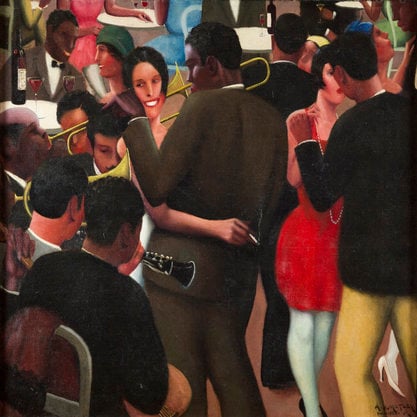Article
Lutyens, Elisabeth (1906–1983) By Hawkes, Joel
Article
(Agnes) Elisabeth Lutyens, CBE, was an English composer, credited with helping to establish the twelve-tone method of serialism in Britain. Lutyens’s first major composition using this technique, Three Pieces for Orchestra, Op. 7, was premiered in London on the first night of the blitz in 1940. Lutyens insisted she came upon this technique herself, and was not inspired by the work of Arnold Schoenberg, who is acknowledged as its pioneer. In the twelve-tone method the notes of the chromatic scale are ordered into a series that functions as a unifying principle for harmony, melody and variation—all twelve notes of the scale are sounded an equal number of times in a composition to ensure no emphasis on any one. Lutyens often coupled this specialized atonal technique with literary and philosophical text, setting to music writers such as Joyce, Wittgenstein, Beckett, and Dylan Thomas, to create a music both praised and critiqued as intellectualized.
